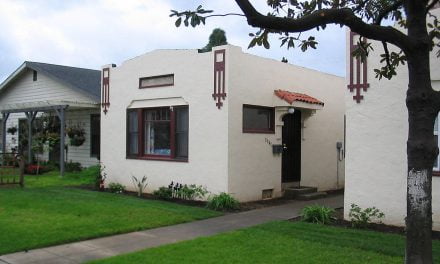With California’s housing shortage at a crisis level in 2019, legislators are coming up with new and creative ways to bolster inventory.
Beginning in 2020, local governments will be required to incentivize and promote accessory dwelling units (ADUs) for very low-, low- and moderate-income households.
Also known as casitas or granny flats, ADUs are secondary housing units located on a single family residential (SFR) lot. The ADUs incentivized under the new law will need to be available at a rent equal to 30% of the income available to each of these income classes.
Just how local governments will incentivize ADUs is largely up to individual agencies. But given that upfront costs for construction, permitting and planning are often unsurmountable obstacles for homeowners, any financial incentive is beneficial.
These incentives need to be included in a local government’s housing element, which is the identification and analysis of an area’s housing needs, goals, finances and objectives for the development of more housing.
This change, enacted by AB 671, also requires California’s Department of Housing and Community Development to create and post a list on its website of state grants and financial incentives for:
- operation;
- administration; and
- expenses related to planning and construction.
Related article:
ADUs: a (small) part of the puzzle
California is second-to-last in the nation for the number of housing units per resident. As high-tier housing is more profitable to builders than low-tier housing, the shortage is concentrated in low-tier housing. In fact, California is short 1.4 million affordable rental housing units, according to the California Housing Partnership.
The solution to California’s housing crisis is ultimately more housing. How to get more housing is what legislators have attempted to address in recent years with an array of new affordable housing laws.
Incentivizing homeowners to build and rent ADUs to low-income households is one approach favored by legislators. It can essentially double the number of units available on a single SFR lot, but in practice the result is limited.
Realistically, the ADU potential is for a few thousand more units a year, at best. For example, in San Diego, 213 ADU permits were issued during 2018. The much greater potential for more building is in multi-family units, which numbered 5,700 in San Diego during 2018.
More construction is needed of all residential types everywhere in California. AB 671 is a positive step toward increasing affordable ADUs, but the impact will be limited. New legislation needs to focus on requiring local governments to re-zone for denser housing near jobs and amenities. Changing zoning to allow for the construction of more multi-family properties in city centers will bring rents and prices down and stimulate housing market growth.
Related article:
Change the law: amend zoning laws to promote multi-family construction














